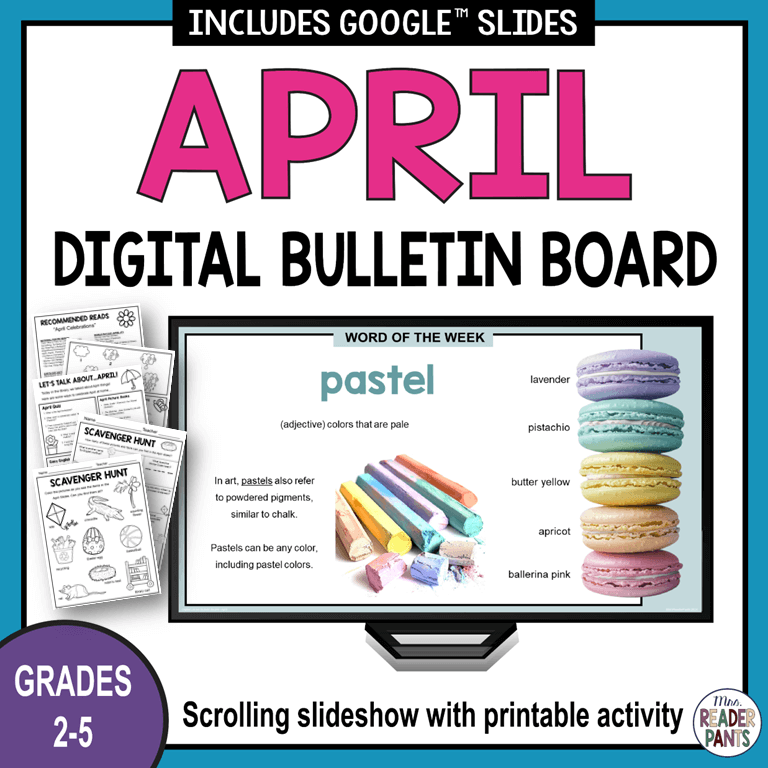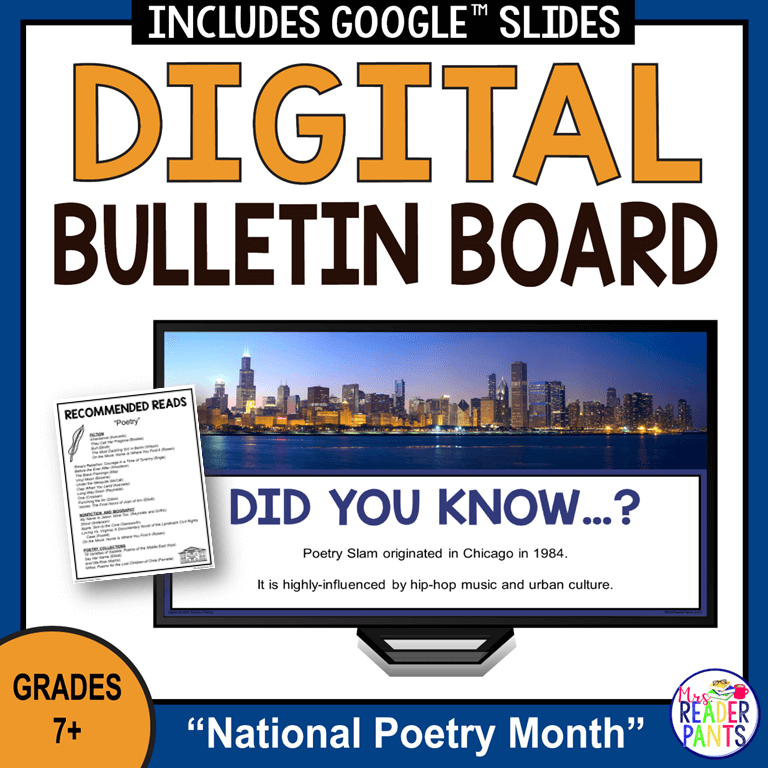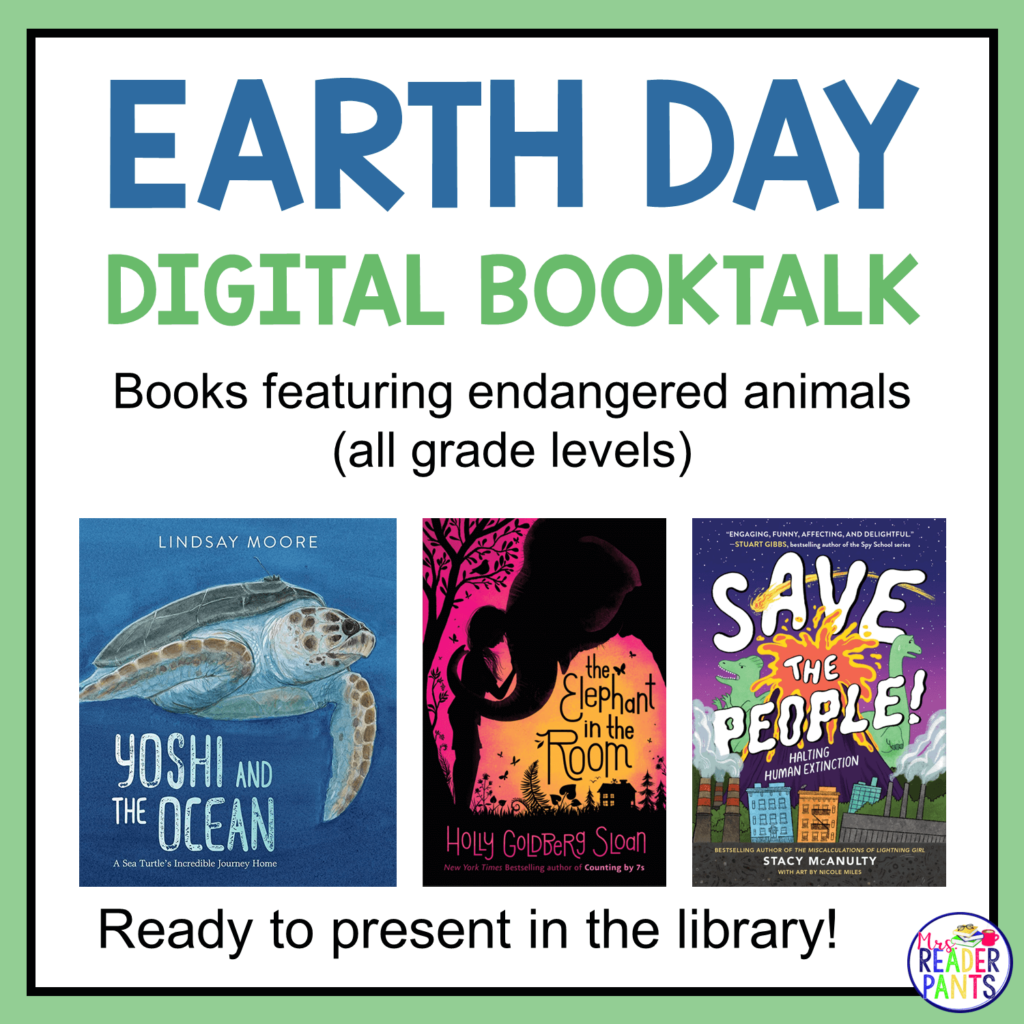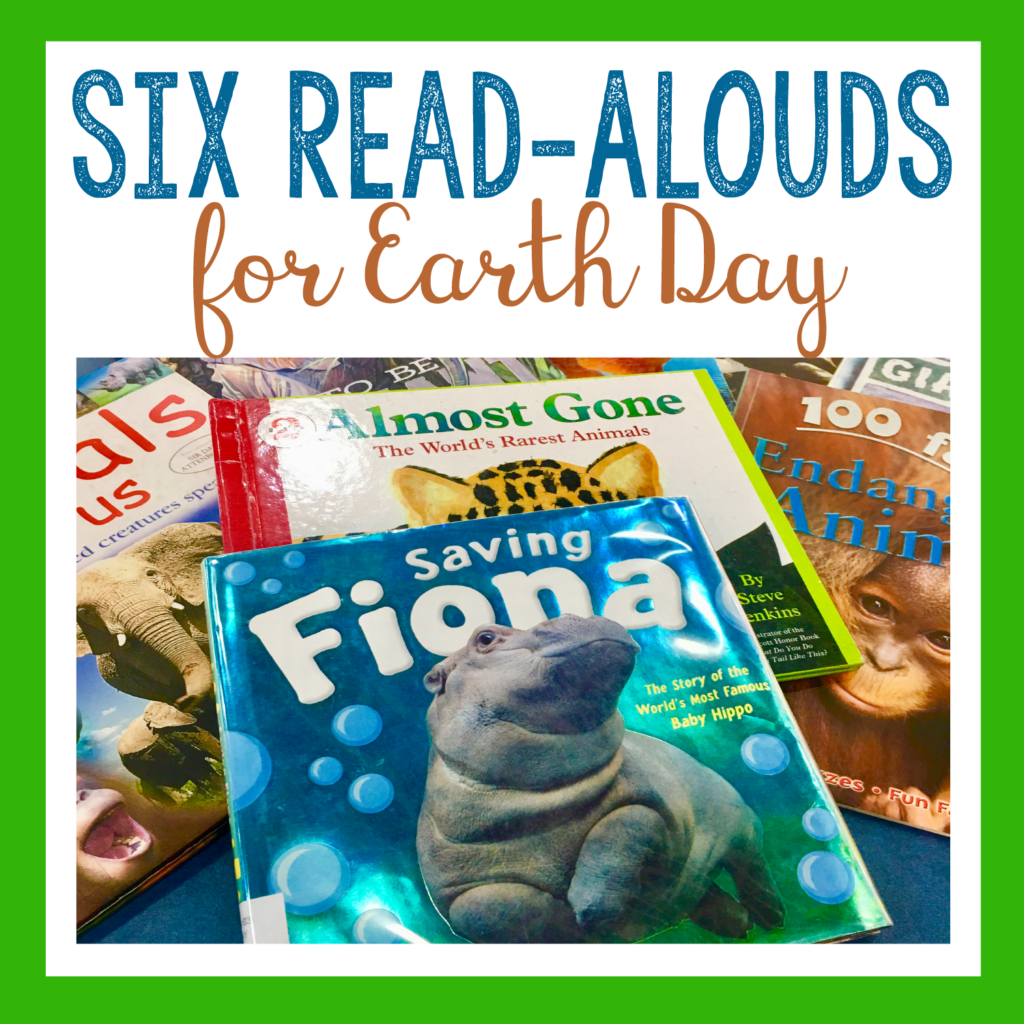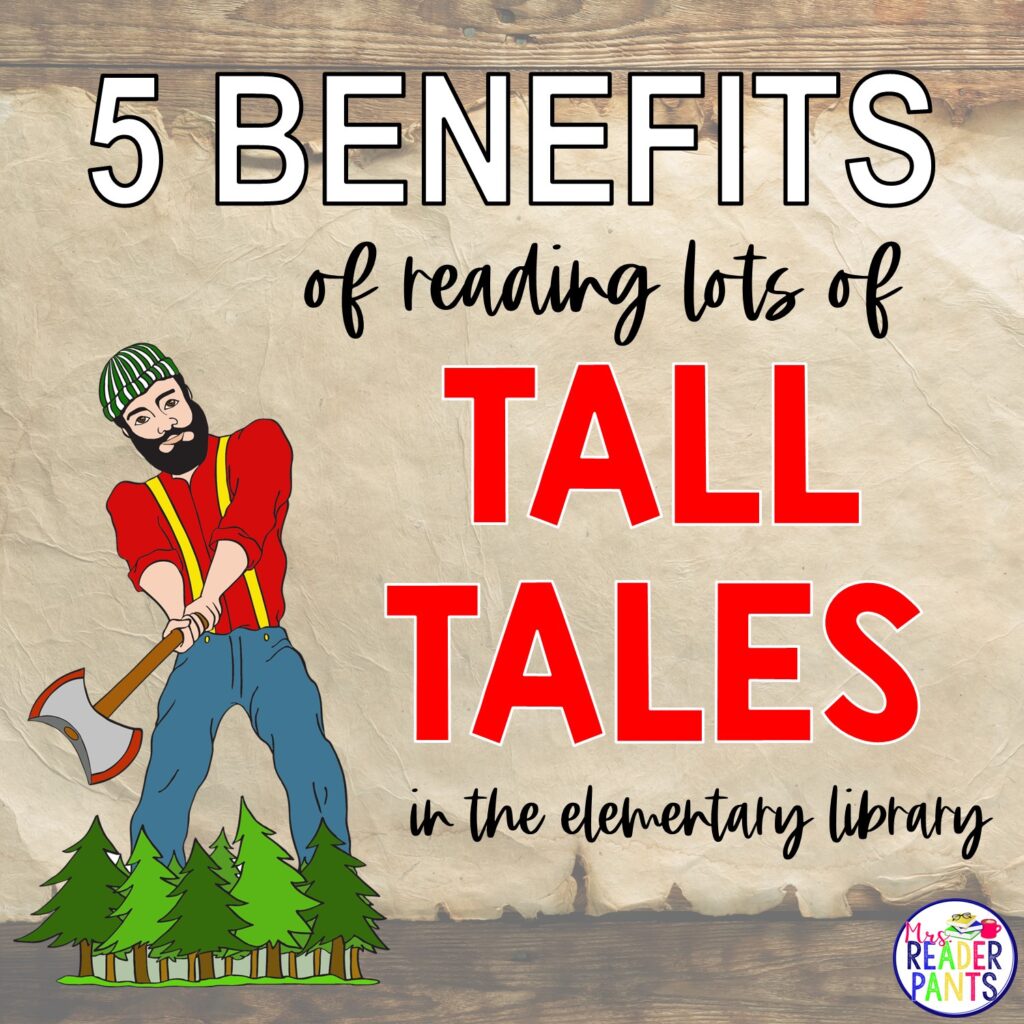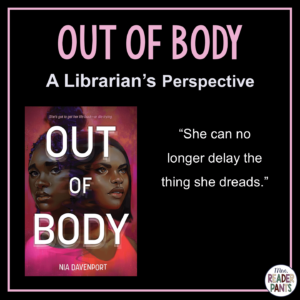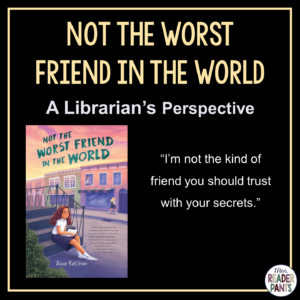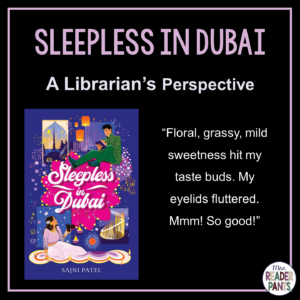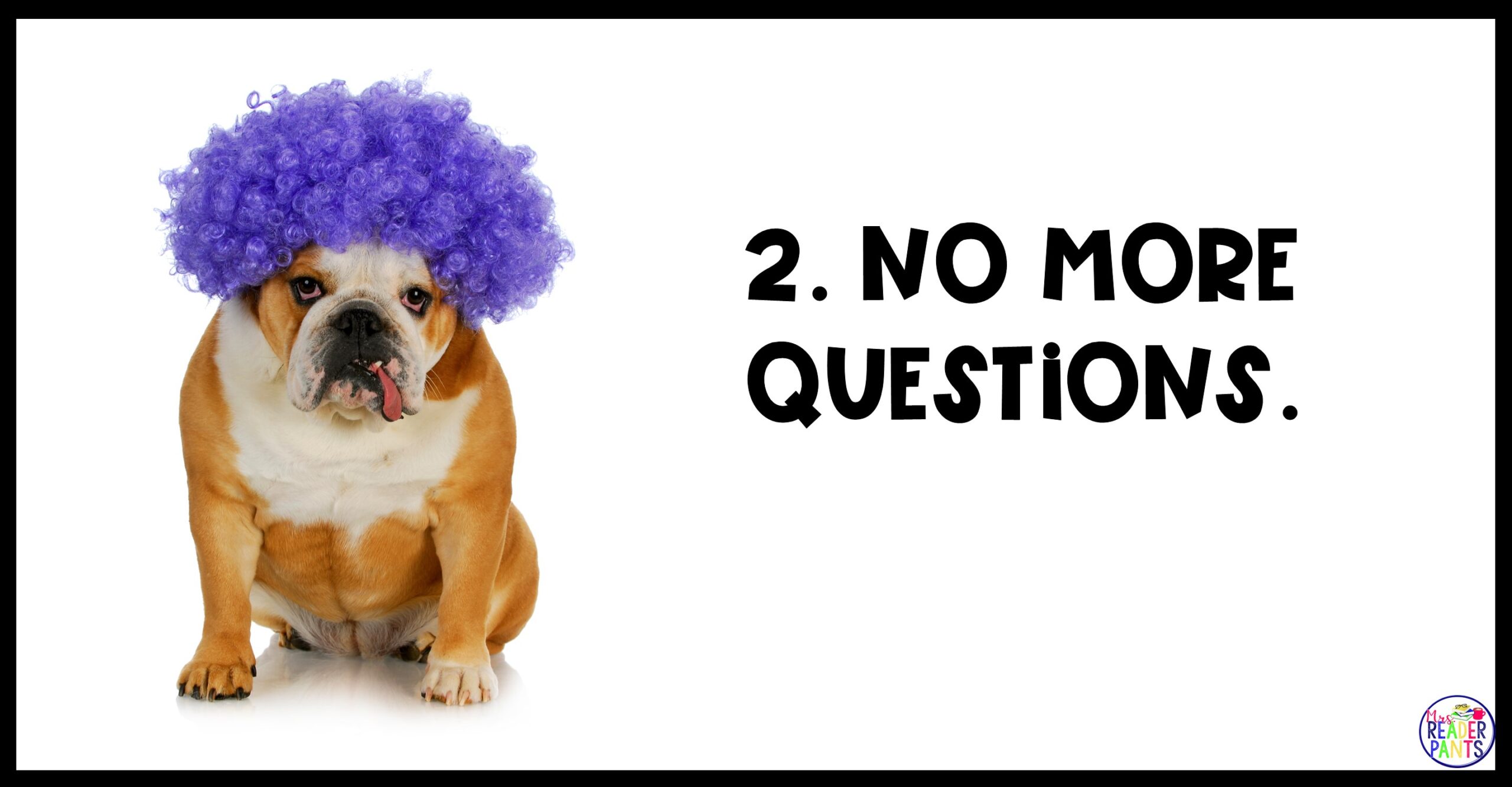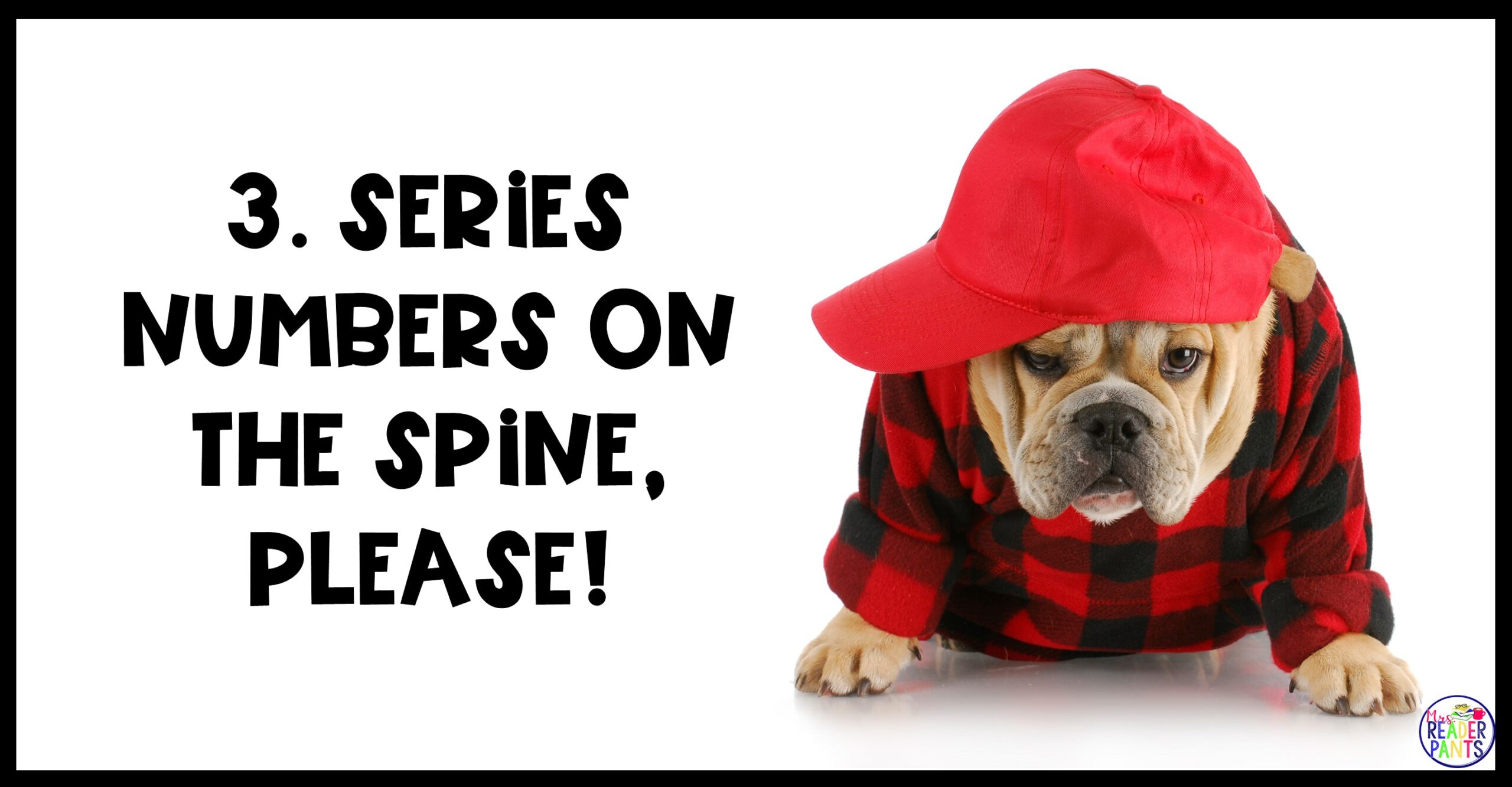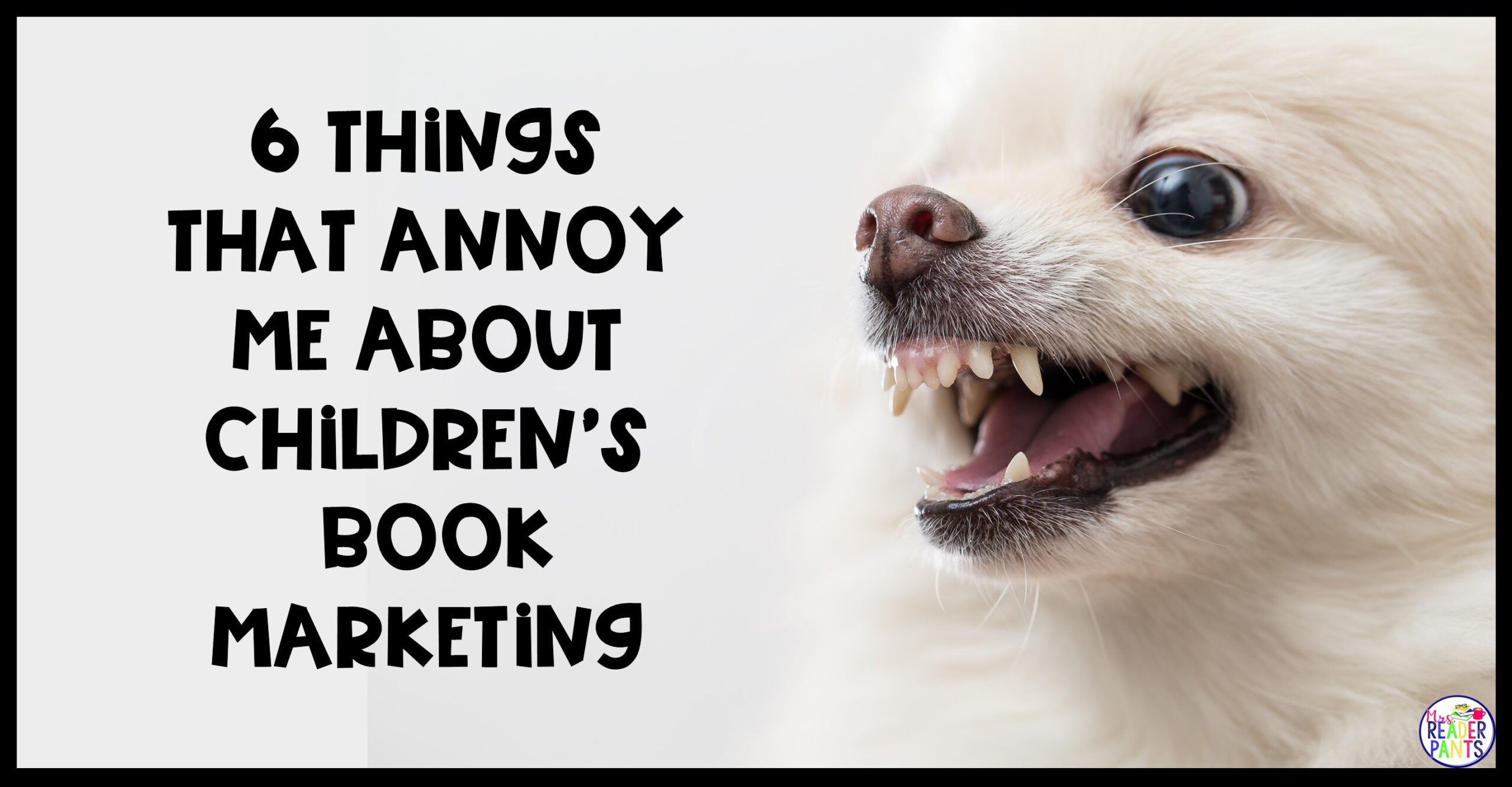
Dear publishers…we need to talk about your children’s book marketing techniques.
First of all, I love you. You help put the words and ideas of thousands of authors right into my hands. Books have enriched my entire life to the point that I cannot imagine my life without them.
Books have helped me cope with tough times. They have helped me bond with old and new friends, other teachers, other parents, my family, and my students. They have helped me fall asleep. They have kept me turning pages all night long. They have challenged my beliefs and helped me formulate new ones. I certainly would never have become a librarian without first having books in my hands.
Please keep that in mind as I go off on some of your children’s book marketing strategies below.
The rant I’m about to do below could come from any librarian. I daresay we’ve all had these thoughts from time to time. Maybe I can’t speak for every single librarian in the whole world, but I’m betting this article will elicit plenty of “amens” from my librarian audience.
CHILDREN’S BOOK MARKETING PET PEEVE #1
The jacket summary should tell readers what the book is about. (You know, like a summary)
This pet peeve inspired me to write this entire post. Apologies in advance for the rant, but this one really drives me nuts. Here are a few examples to start us off. These are from real book summaries released in the past few weeks:
“If Walt Whitman were reborn as a vibrant young woman of color, this is the book he might write.”
“[The author’s] delicate and lovely illustrations with their limited palette highlight the humor of this adorable hide-and-seek tale.”
“Discover a wealth of weird, wacky, and wild facts about dinosaurs, told in [the author’s] signature comic style with bright and energetic artwork, fresh framing devices, and hilarious jokes…Discover the must-have book for dinosaur enthusiasts, a madcap field guide full of facts and humor, and learn everything you ever wanted to know about prehistoric beasts!”
Oh, the hyperbole!
A well-written jacket summary helps potential readers decide if they do or do not want to invest their money and time in a particular title. The jacket summary is as important to a book as a movie preview is to an upcoming film.
Vague, flowery publisher’s summaries are useless and feel like a sales pitch. Picture books seem especially prone to this. Between Goodreads, YouTube, podcasts, and blogs, readers can easily find more opinions about books than we could ever need.
What we really need from a summary is a somewhat objective description of what the book is about. Who are the characters? Where and when do they live? What happens to them? What is the major conflict?
When publishers pepper the jacket summary with glitter and gush, readers don’t know what the book is about at all. Readers shouldn’t have to go to the reviews to find basic information about a story.
I know this is children’s book marketing 101, but publishers need to understand one thing: When readers turn over the book to read the jacket summary, they want the SUMMARY. Please leave the superlatives, the comparisons, and the gushing to the reviewers.
CHILDREN’S BOOK MARKETING PET PEEVE #2
Stop ending the jacket summary with a question.
Have you ever noticed that country songs–especially the slower, more sentimental ones–seem to always end in the same guitar-strum sound? You know the one: that bah-dah-dum sound that signals it’s the end of the song and ties it all up with a nice little bow.
If you’ve never noticed it before, give the end of George Strait’s “I Cross My Heart” or John Michael Montgomery’s “I Swear” a little listen and see if I’m not right.
Anyhoo. Book summaries–at least the non-hyperbolic ones–often do this, too. Except instead of a guitar strum, the summary ends with a question that’s supposed to hook the reader.
But the question isn’t really a hook, is it? It couldn’t be a hook if the answer to the question is always either YES, or it’s the second of two options. Don’t believe me? Here are some examples:
“Can Tristan save this world before he loses more of the things he loves?” (YES)
“Will the Great Detective play favorites, or will he uncover the truth?” (he’ll uncover the truth)
“After all, can a sidekick really save the day?” (YES)
“Can Ed sweep his troubles away?” (YES)
“Can they set aside their differences and band together to fight for survival?” (YEP, they totally can.)
By asking a question in the last part of the summary, the reader automatically knows how it will all play out in the end. For some books, this might even be a bit of a spoiler. Yes, so-and-so will do the right thing. Yes, their love can survive. Yes, they will find the cure before it’s too late. Yes, yes, yes.
CHILDREN’S BOOK MARKETING PET PEEVE #3
Series numbers should be prominent on the spine of a book.
I’ll say that louder and more simply those who didn’t hear me over all the librarian cheering…
Put series numbers on the spine!
How many times a day are librarians asked what number in a series a certain book is? And worse than that, how many readers have had a book spoiled because they accidentally started reading the book ahead of the one they are currently on?
Is it really so terribly difficult to put a teeny little series number on the spine? Series numbers do not change; book two will always be book two. Book five will always be book five. Can we not just put that out there for the world?
And if it’s not too much to ask, please don’t put the series near the spine’s top or bottom, where it may be covered by call numbers and/or colored labels. Put the series number no closer than 2″ from the top or bottom of the spine.
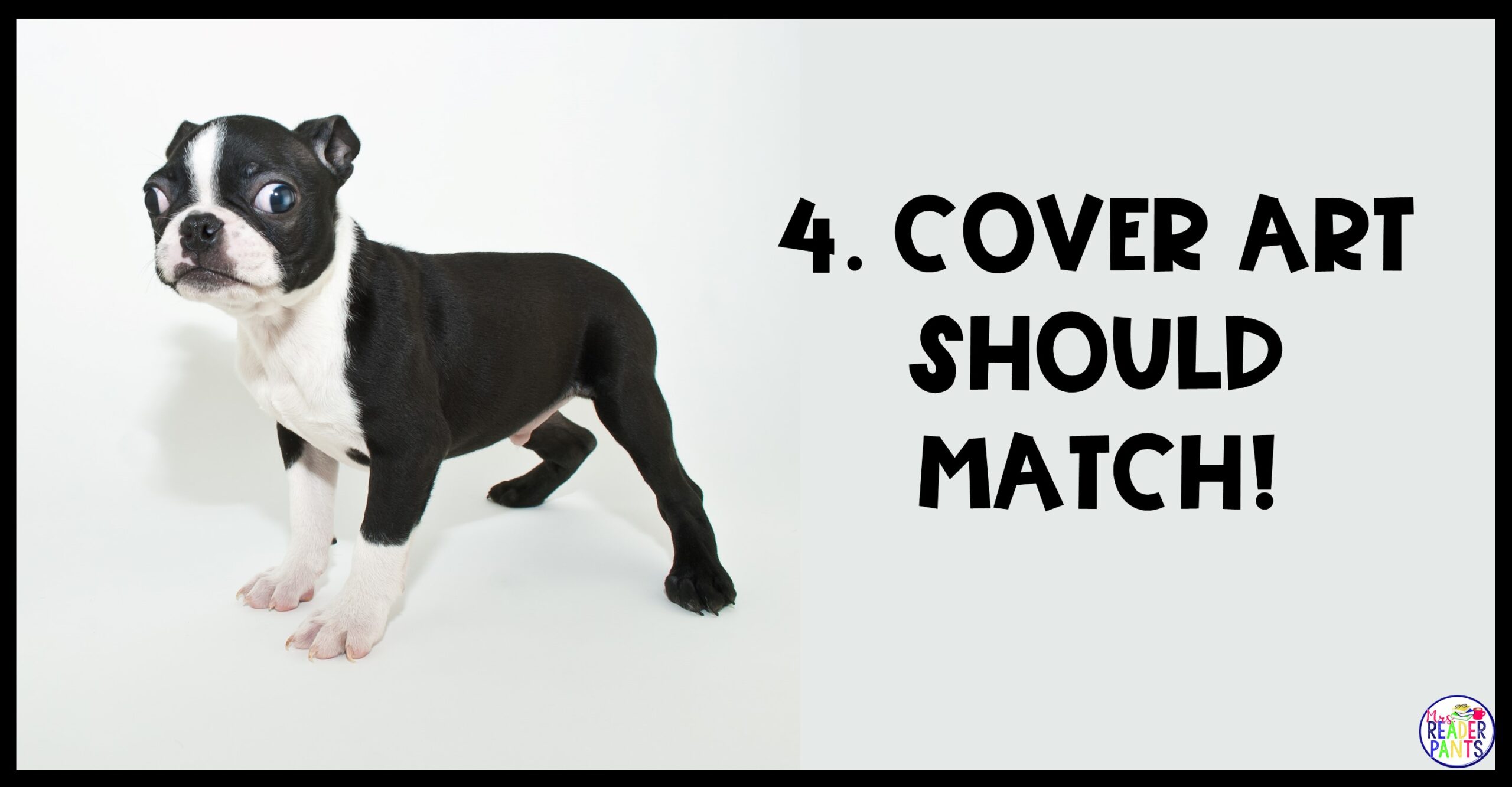
CHILDREN’S BOOK MARKETING PET PEEVE #4
Cover art should match the book.
This one seems like a no-brainer, but I couldn’t tell you how many times I’ve talked with a student who was frustrated with cover art that does not match the story.
The one I most distinctly remember was the Hex Hall series by Rachel Hawkins. I love this series and recommend it to my middle schoolers often, but some of the front cover details just do not match the book at all.
For example, all three covers have a black cat, yet there is no black cat in any of the three books. I guess because it’s about witches, they need a black cat on the cover?
In book two of the same series, Demonglass, main character Sophie is pictured wearing a formal white gown when in the story, the gown was actually peacock blue.
And speaking of front covers, why bother printing classics at all if you are just going to slap an ugly, solid red or blue cover on them? I know they are classics and may be in the public domain, but classics invariably have terrible cover art or no cover art at all.
What’s that old saying about if you’re going to do something, you might as well do it well?
And on that note: Cover art should absolutely not, under any circumstances, spoil parts of the story that should not be spoiled.
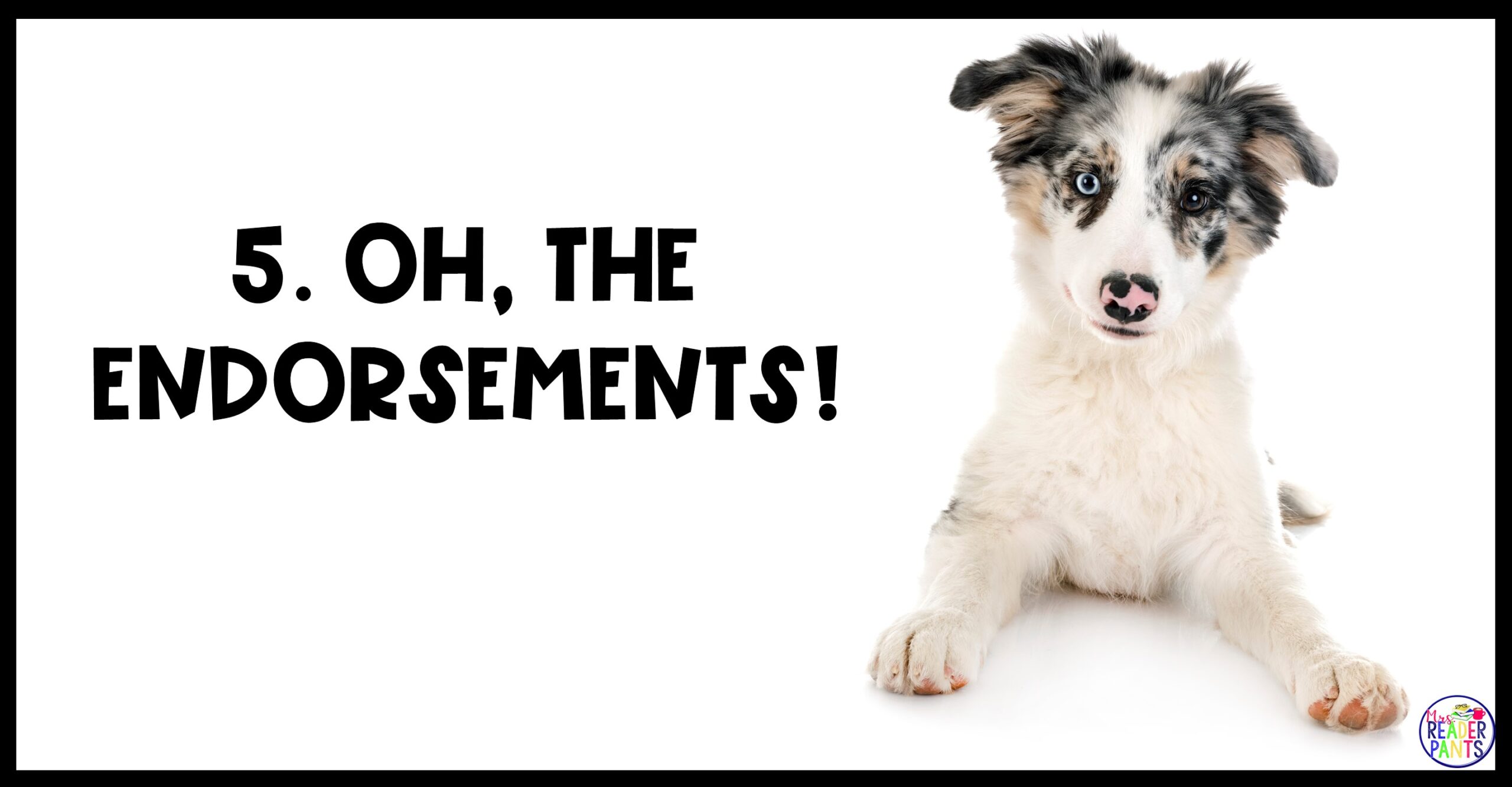
CHILDREN’S BOOK MARKETING PET PEEVE #5
Pages and pages of glowing endorsements.
Starting a new book is so darn exciting. The new-book smell! The cracking spine! Snuggling down with a hot mug in my hand and two warm pups at my feet. And while this isn’t the worst thing in the world, I am kind of tired of having to flip through pages and pages of glowing reviews before I even get to Chapter One.
I know, I know…this is such a small and petty thing to complain about. But does anyone actually read these glowing reviews? And if they do read them, does it not set the reader up with higher-than-normal expectations? Couldn’t all these gushing reviews lead the reader to a major let-down if the book is just “good” but not “the best book of the decade”?
This kind of goes with my first pet peeve/rant about book summaries. Putting all these glowing reviews at the front of the book, before we even get to chapter one, puts the reader in a certain state of mind.
After all, if all these people loved this book and rave about it, why wouldn’t we also love it? Before we even hit Chapter One, we are prepared to love the book.
How sad is it when we get into the book and decide we don’t love it? I can’t help but feel a bit betrayed. Did all these people really love the book? Did they even read the book? Were they paid to say these things? Are they friends or family of the author?
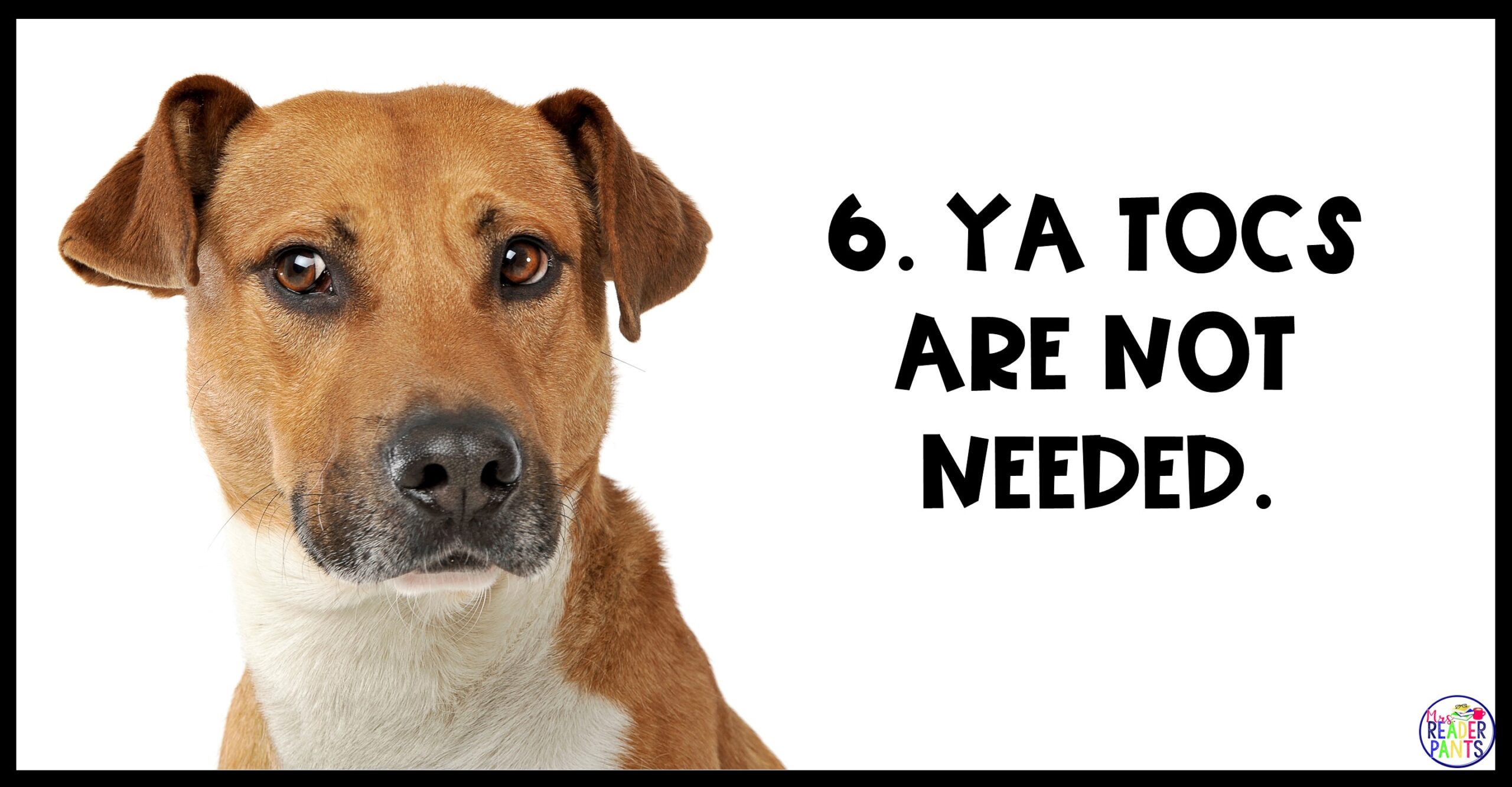
CHILDREN’S BOOK MARKETING PET PEEVE #6
Table of Contents in YA Fiction
Let’s examine the purpose of a Table of Contents. When I teach research, I hold up the Table of Contents and talk about why it’s there.
For research nonfiction books, no one–not even the author or publisher or teacher or librarian–expects the reader to read a nonfiction research book from page 1 to page 500. Nope!
That’s where the Table of Contents comes in. If I am researching The Battle of the Bulge, I do not need to read all of this 797-page World War II book. I simply look in the Table of Contents (or more likely, the Index) to find the section that I need. Then I flip to that section and read or skim only that section.
So why on earth does a YA fiction book require a Table of Contents? Are there really students who don’t use bookmarks or post-it notes or pantyliners or band-aids to mark their place anymore? And don’t even get me started on a TOC for e-books, which literally bookmark your place with zero effort at all required from the reader.
I’ve seen YA fiction books list a Table of Contents for chapters that are only 1-2 pages long. I wish I were kidding. What a waste of paper, not to mention the reader’s time flipping through all that.
Here’s a good rule-of-thumb: If your Table of Contents is longer than any one chapter in your book, you DO NOT NEED a Table of Contents.
Actually, scratch that. Unless they are short stories or anthologies, fiction books should not include a Table of Contents. Ever.
MORE ABOUT ANNOYNG ADULT AND CHILDREN’S BOOK MARKETING TACTICS
I’m not the only one annoyed with children’s book marketing ploys. Check these out:
- “List-o-Rama: Top 5 Most Annoying Book Cover Trends” by Clear Eyes Full Shelves – Yes, waxed chests is on the list!
- “10 Marketing Techniques That Annoy Potential Readers” by Nathan Bransford – Great tips for authors looking to market their books! Don’t miss the comments-wow!
I write an analysis of new book releases every Tuesday! You can see all my most recent New Release Spotlights here.

